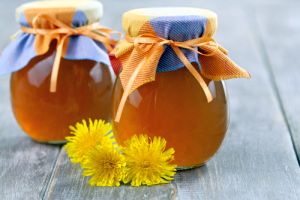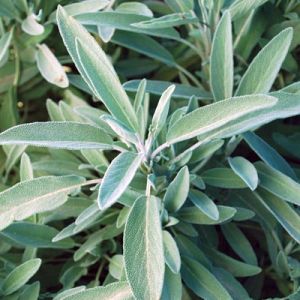“For people who eat when they are stressed, [peppermint] is a great herb to drink as a tea, take as a supplement or use as an essential oil.” Sandeep

Sandeep ~ Individuals who carry an excess amount of weight on their frames can face a number of health problems. Being overweight has been linked to an increase in blood pressure, heart disease and diabetes. In addition, being overweight makes it more difficult for people to move and exercise and these effects often domino. Being sedentary can lead to a greater weight gain as well as an increase in the above health conditions.
Making lifestyle changes, such as eating more healthy foods and exercising on a regular basis, is a great way to get started losing weight. Sometimes the progress can seem a bit slower than the individual would like it to be. The following herbs help to increase the amount of weight loss so that results are seen more quickly.
Dandelion
The oft-maligned dandelion weed is actually a powerful aid in the weight loss arena. Each part of the lowly dandelion flower and herb can be ingested. In addition to it being prized for its cleansing properties, dandelion helps to neutralize toxins, keep blood sugar levels normal, reduce inflammation and make the body more alkaline. An individual can consume dandelion as a tea, in the form of a supplement or eat some of the leafy greens.

